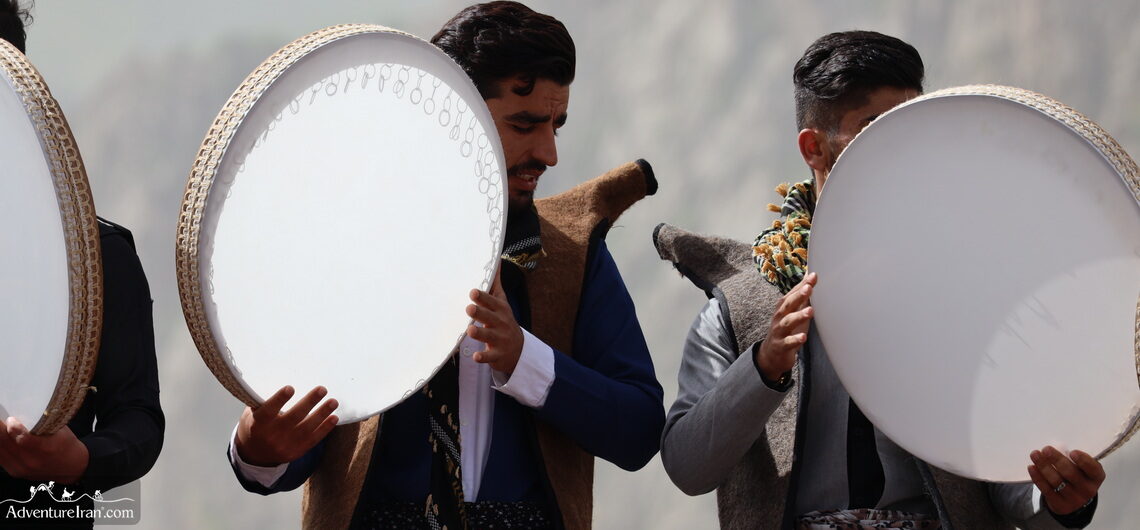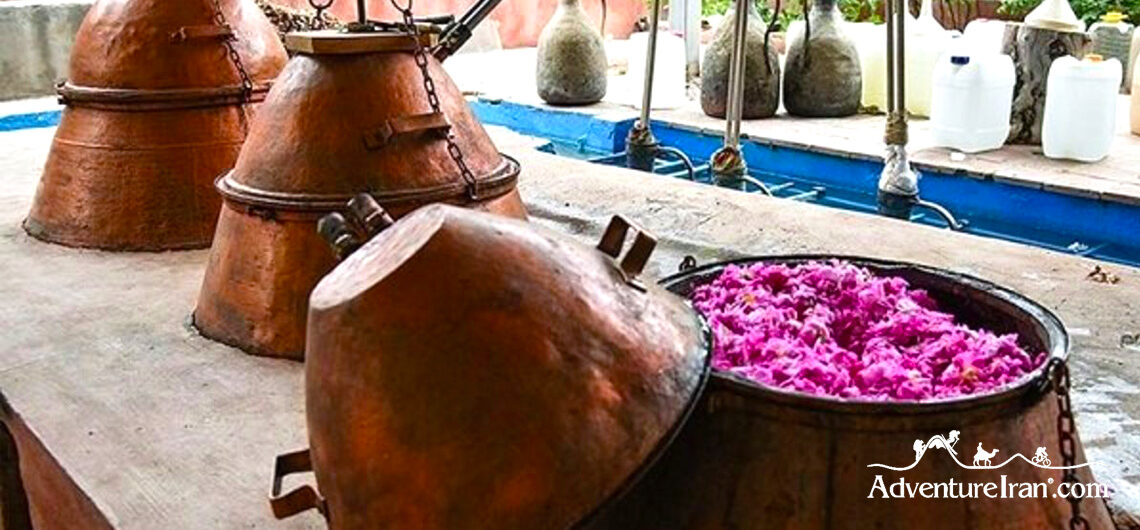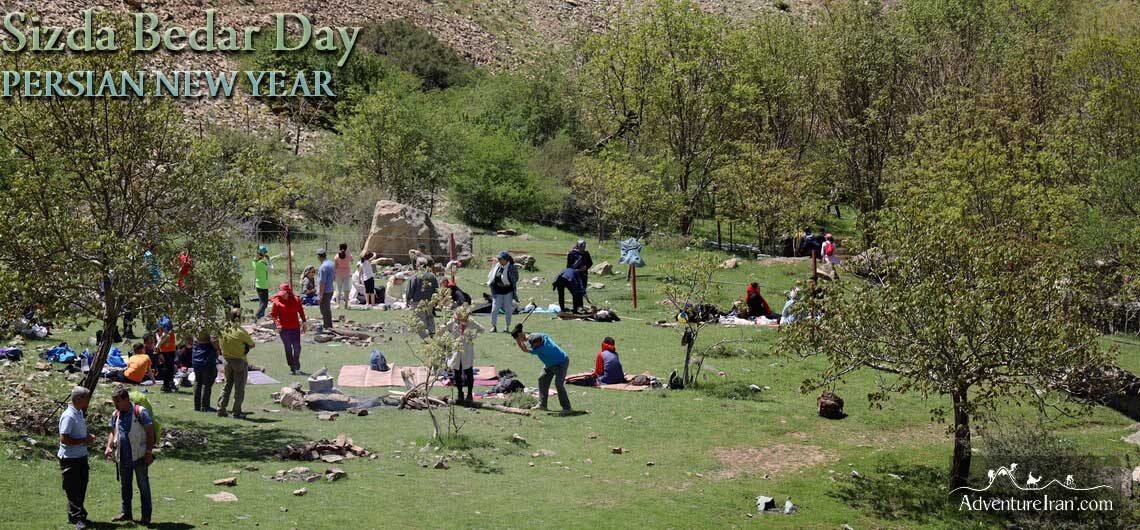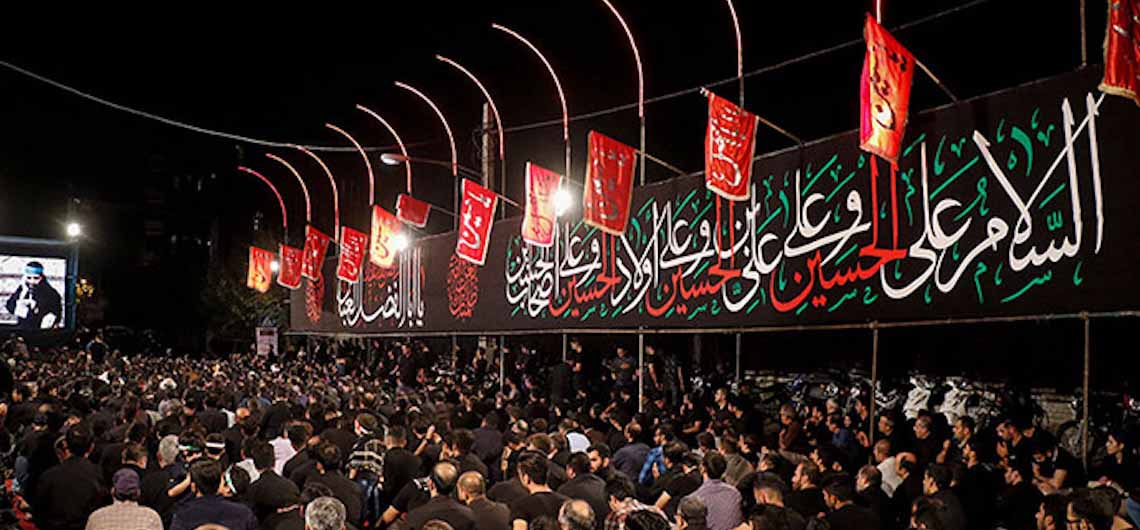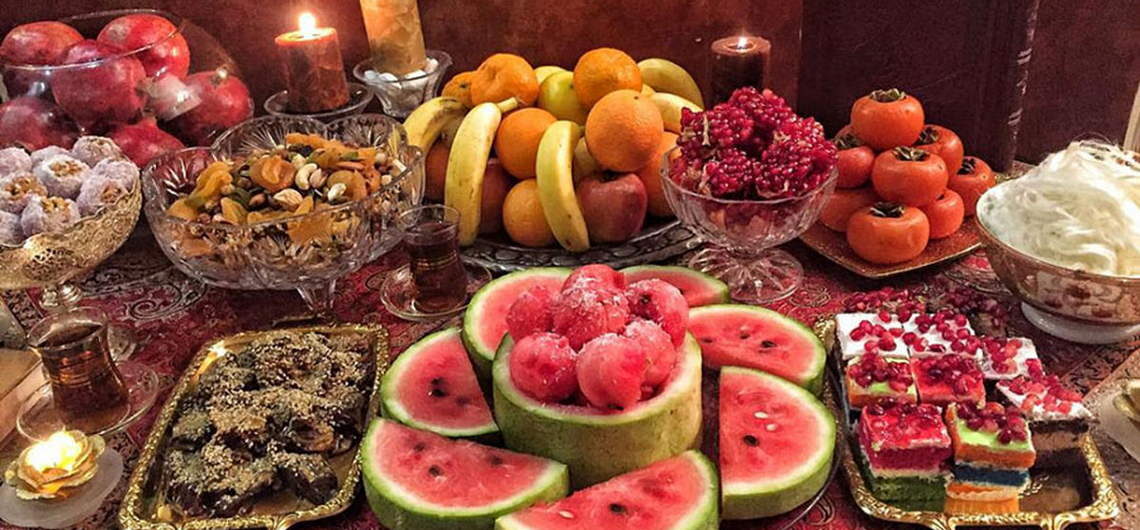Kurdish Festival of Pir Shaliar Introduction Pir Shaliar, also written Pir-e Shalyar, is one of the historical Iranian ceremonies which take place in the Kurdish region of Iran. Iranian Kurdistan is one of the most active provinces with a lot of activities. The instruments of Daf and Tanbor (Tanbur) were born in the Kurdish regions
Iran Rose Water Festival in Kashan Kashan, located on Iran Classic Route, is one of Iran’s five major tourist destinations. It is not only home to invaluable historical and cultural attractions, including Tangible and Intangible UNESCO Cultural Heritage, but also festivals and activities. Rose Water Festival in Kashan is a popular and famous festival celebrated
Sizdah Be-dar Day Sizdah Be-dar is the thirteenth day of Farvardin (the first month of the Iranian calendar) and is one of the New Year’s festivals. In Iran’s official calendar, this day is designated as Nature Day and is a holiday. Some people believe that Sizdah Be-dar day has an ominous feel about it,
Muharram in Iran The month of Muharram is important in the Hijri Calendar (Islamic calendar) and a significant one in the Iranian culture. This is a month full of key historical events, especially the 9th –Tasu’a- and the 10th –Ashura- are acknowledged yearly by many people in the world. These two days hold many memories
Yalda Night Yalda is the traditional Iranian celebration of the winter solstice – the longest night of the year. Observed widely throughout Iran’s history stretching back into pre-Zoroastrian times, Yalda Night evolved into a treasured festival bringing the family together and continues to be practiced by Iranians around the world. The ritual symbolizes the rebirth

